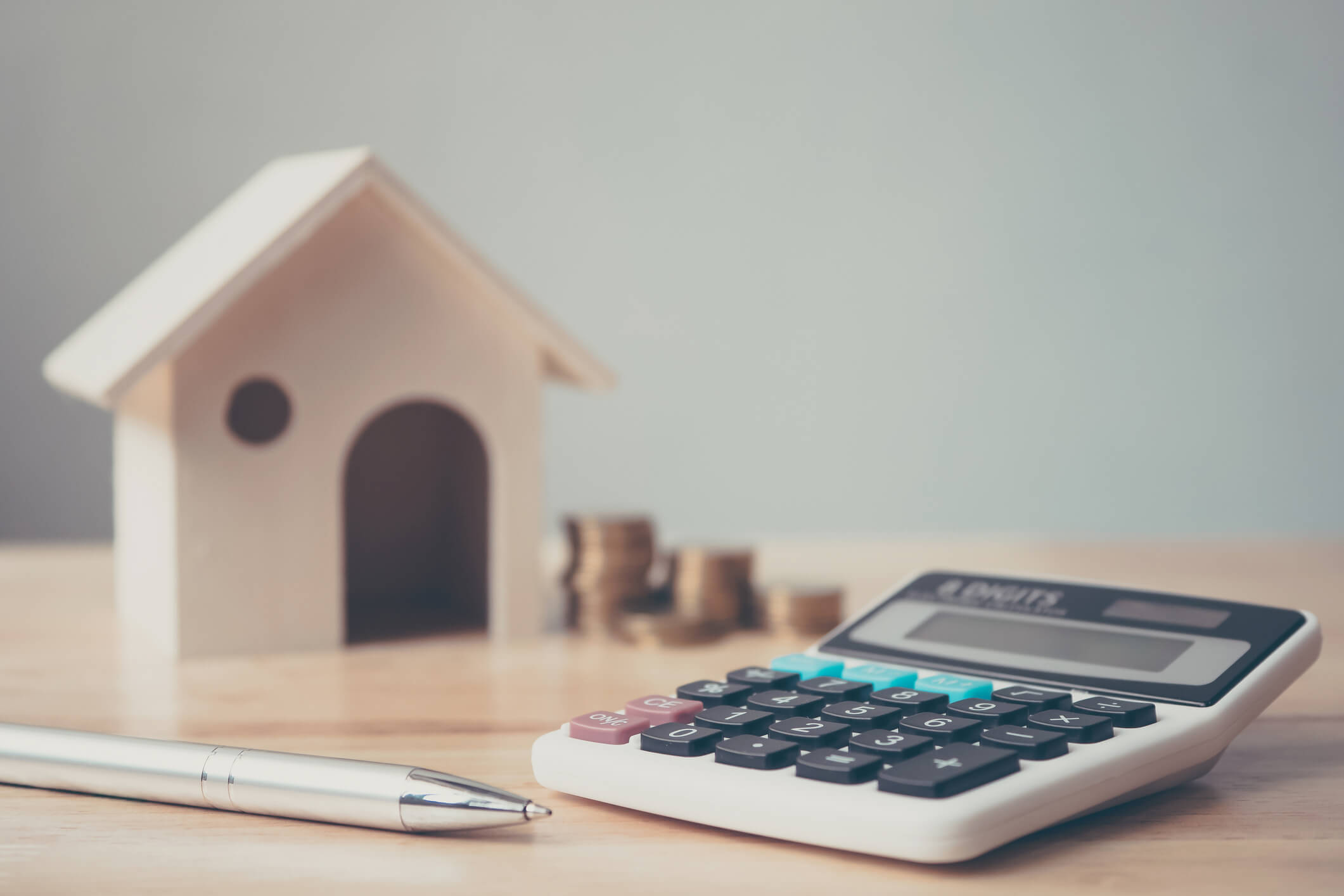All too often, people make the minimum monthly payments on their debts and not a penny more. But doing this means you may find yourself chipping away at what you owe for years to come.
Thinking strategically about how you manage your repayments could help you to pay off what you owe and free up your money for other things sooner. The question is, do you opt for the debt snowball or debt avalanche method? These are two popular strategic ways to pay back your borrowing on things like loans and credit cards. Both are effective, but they work in different ways and may not be suitable in all circumstances.
Here we explain these two approaches to debt repayment in more detail, so you can work out which is best for you.
But first, things to think about
Before we get stuck into the ins and outs of each approach to repaying your debts, there are a couple of things to think about that will apply to whichever method you choose:
Finding the extra money
With both debt repayment strategies, you’ll need to find money in your budget to pay more towards your debts each month. You can do this either by cutting costs or sacrificing some or all of your disposable income. Remember though, that you may be paying off your debts for a while, so whatever extra money you can afford to put towards your debts each month, make sure you’ll be able to keep it up for as long as it takes.
When you’ve repaid a couple of your debts in full and have freed up some money, you can take another look at your finances and decide whether to keep going as you are and pay your debts back quicker, or to put a bit of money back into your budget to make life more comfortable again.
Early repayment fees
Some lenders charge early repayment fees if you clear a debt early, which may outweigh any money you save on interest. This can be the case with mortgages and homeowner loans in particular. Fees can be a set amount, a percentage of what you owe, or the equivalent of a few months’ interest. Lenders may even cap the amount you can overpay each year before you incur early repayment charges. It’s important to check what, if any, fees you’ll be charged if you repay a loan or finance agreement early, so you can factor this into your debt repayment strategy.
Now, without further ado, let’s take a deeper look at the snowball and avalanche methods.
The debt avalanche method
The avalanche method involves making the minimum repayments on all your debts, except the one with the highest interest rate. You’ll use any money you can free up from your budget to make bigger payments towards this debt.
The idea is to focus your efforts on paying off the highest-interest account first while still meeting your other debt obligations. Because this might be one of your larger debts, it may take a while before you clear it completely. But you’ll usually save money on interest in the long run if you choose this method.
Here’s an example of how this could work. Imagine you have the following debts:
|
Loan type
|
APR (%)
|
Debt owed (£)
|
|
Credit card
|
25
|
1,000
|
|
Personal loan
|
21
|
10,000
|
|
Car finance
|
9
|
7,000
|
In this example, the avalanche method would have you pay more towards your credit card debt first, as it has the highest APR. Once that’s cleared, you’d use the extra money to pay off your personal loan, and then your car finance agreement.
Pros and cons of the avalanche method at a glance
|
Pros
|
Cons
|
|
· You might save money in the long run by focusing on the highest-interest debt first
|
· It will take time. It may also take a while for you to get the confidence boost and sense of accomplishment that comes with paying a debt in full, compared to the snowball method
|
|
· You may become debt-free quicker than if you were to use the debt snowball method
|
· Because it could take time for you to repay your first debt in full, you may be sacrificing money from your budget or disposable income for a long period initially
|
The debt snowball method
If you adopt the snowball method, you will put any extra money you have towards paying off your smallest debt first. Once it’s out of the way, you’ll move on to the next smallest debt, and so on, until you’ve paid everything off.
By doing this, you’re picking off the easiest targets first before focusing on the biggest debts at the end. As with the avalanche method, you must still make the minimum repayments towards all your other accounts. By tackling your debts one at a time in this way, you will see the fastest results, especially where you have a mix of large and small debts. But it may take you longer to repay everything in full, especially if your larger debts come with higher interest rates.
Using the previous example, you’d pay off your debts in the following sequence using the snowball method:
- £1,000 credit card
- £7,000 car finance agreement
- £10,000 personal loan
Pros and cons of the snowball method at a glance
|
Pros
|
Cons
|
|
· It offers a confidence boost and sense of accomplishment early on, as you will likely pay off the smaller debts relatively quickly
|
· You may not be paying off the most expensive debt first with this method, so you may pay more interest in the long run than if you used the avalanche method
|
|
· It’s a simple method to understand and implement
|
· Using this method to repay your debts usually takes longer than the avalanche method
|
Should I use the avalanche or snowball method to repay my debts?
Both strategies have their pros and cons, and only you can decide which will work best for you and the debts you have to pay off. The avalanche method can seem like the obvious choice, as it saves you more money on interest over time and you’ll usually end up debt-free sooner. But, because you may be starting with a relatively large debt, it could take a while before you get the sense of accomplishment and confidence boost that comes with paying a debt off in full.
If you’re someone who does best when you see the results of your efforts quickly, then repaying a small loan first through the snowball method can be a great way to spur yourself on and stay motivated, especially when it comes to the bigger debts later!
However, there are some situations where neither of these strategies do enough to help you clear your debts. If you need help with your own circumstances, then the free, impartial debt advice available from StepChange could be a good place for you to start.
Helen is a personal finance editor who’s spent 11 years (and counting!) in the finance industry. She creates content on everything money with the goal of getting people thinking – and talking – about their finances in ways they may not have done before.
![Email icon]()
Become a money maestro!
Sign up for tips on how to improve your credit score, offers and deals to help you save money, exclusive competitions and exciting products!
Find this useful? Share it with others!









